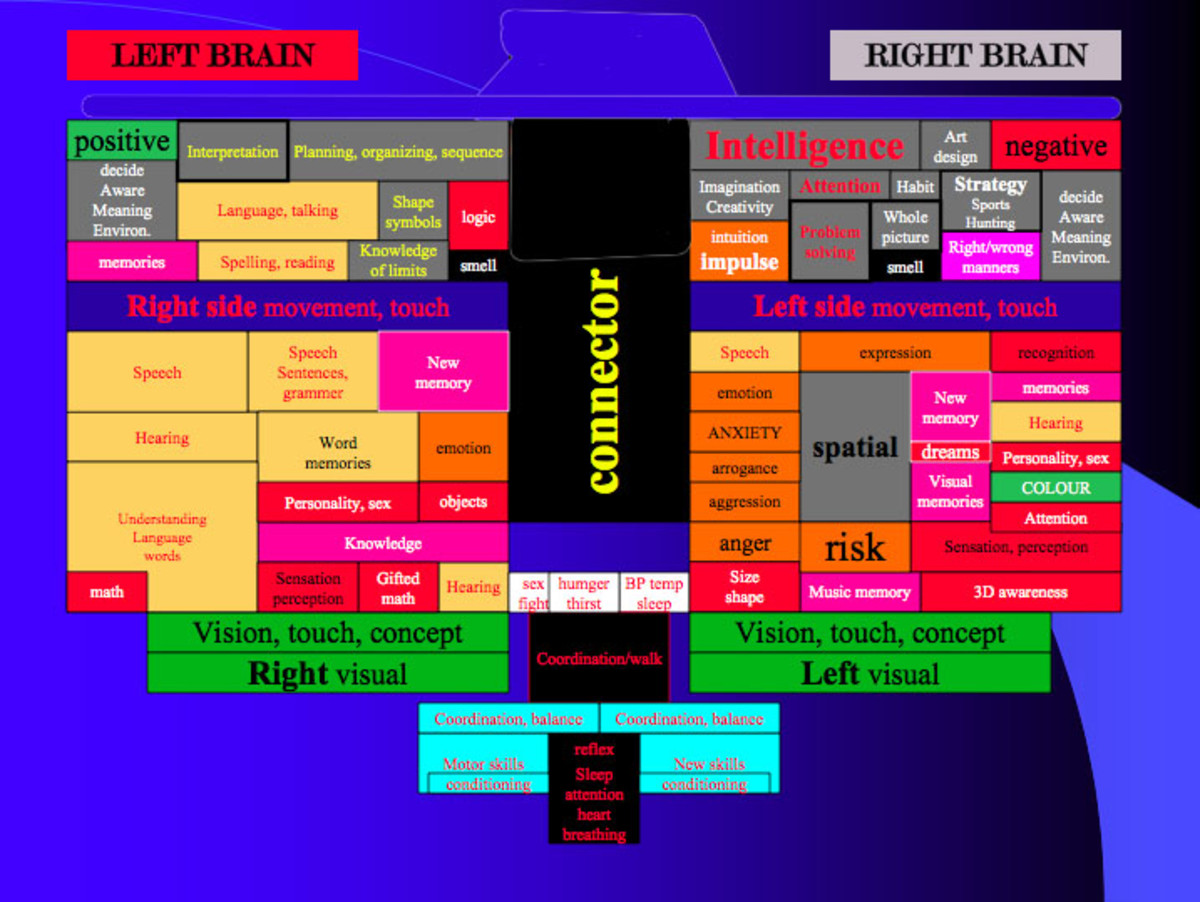Mental Health: The Therapeutic Alliance and How Psychotherapy Heals

In recent years, studies have shown that when looking at effectiveness of counseling or psychotherapy measured in terms of the number of clients improved, the results are remarkably similar across studies—approximately 22% make significant changes, 43% make moderate changes , and 27% make some improvement. [i] So how and why is counseling effective? What makes it effective and why does it work.
Culturally, psychotherapy can be divided into two major camps: the treatment camp and the relationship camp. The question boils down to whether one believes that treatment heals or whether one believes that relationships heal. [ii] This both informs and grows from a therapist's theoretical orientation.
Client Centered Approaches
New studies show that certain treatment methodologies work better for certain presenting problems. Called “evidence based practice,” this approach, rather than a strict adherence to modalities dictated by theoretical orientation, is rapidly becoming commonplace in psychotherapy. It can be likened to a problem solving model. The therapist uses whatever seems to work best for the client.
In addition, certain qualities of the therapist appear to be important to positive client outcomes: empathic stance, the ability of the therapist to provide a strong therapeutic alliance, and the therapist’s ability to adhere to theoretic stance regardless of the approach used in the work done with the client. [iii] A therapist must hold the client in positive regard for the therapeutic bond to develop.
In addition to the above factors, a new corrective experience by the client is important. A client must have a positive emotional experience that allows emotional trust and growth to occur as a result of the client’s work with the therapist. In essence, the client relives or experiences the difficulty or painful experience with the therapist. By providing a different emotional response, the client experiences the problem differently. When this experience is positive, the client is able to cope with the difficulty in a new and more positive manner.
The Importance of a Strong Therapeutic Alliance
A strong therapeutic alliance is key to a positive relationship between client and therapist. This relationship can be defined as the feelings and attitudes that the therapist and client have toward one another and the way in which they are expressed. [iv] In a 2006 study, it was shown that for clients with a strong therapeutic alliance, adherence to a treatment manual was found to be irrelevant toward the issue of outcome. But for clients with a weaker therapeutic alliance, a moderate level of adherence by the therapist to theoretical treatment modalities provided the best outcome. [v]
In reality, what a therapist does, what techniques or interventions are used, is inextricably linked with how a therapist behaves with a client. In an era of managed care, limited treatment and limited coverage for treatment, codified treatment modalities, and the like, it is easy to dismiss the role of the therapist, and yet, studies show that the therapist and the level and type of relationship between the therapist and the client are critical to positive therapeutic outcomes, regardless of the treatment modalities implemented.
Elements of a Strong Therapeutic Alliance
Therapeutic alliance includes the idea of “fit.” It is important that a client feel comfortable with the therapist. From the therapist’s perspective, a therapist strives to enhance treatment effectiveness by tailoring it to the individual. [vi] In essence, each therapeutic relationship is unique and each client receives a different therapeutic experience. The goal is for an empathic therapist to achieve a collaborative relationship with an active client based on that client’s needs. This allows the client to experience their needs being met in an empathic relationship, which in turn allows, the client to take responsibility for effectuating change and healing within a safe environment. Ultimately, it is the client who provides the lion’s share of success in a therapeutic environment. The therapist provides a container for the relationship that heals.
[i] Edward S. Neukrug, Counseling Theory and Practice (Brooks/Cole Press: Belmont, CA 2011) 2, 3
[ii] John C. Norcross, Psychotherapy Relationships That Work: Evidence Based Responsiveness (Oxford University Press: 2002) 3-4.
[iii] Neukrug Counseling Theory and Practice , 3.
[iv] Norcross, Psychotherapy Relationships That Work , 4.
[v] Id.
[vi] Id., 10.








